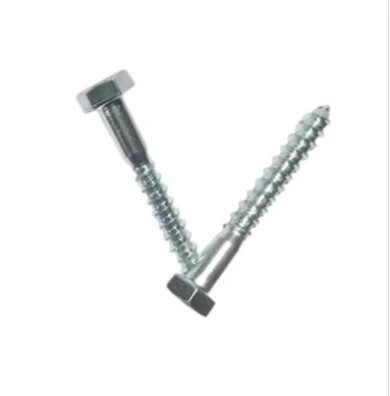Dec . 19, 2024 00:05 Back to list
stainless steel fully threaded rod
Understanding Stainless Steel Fully Threaded Rods
Stainless steel fully threaded rods are essential components in various industrial and construction applications. These versatile rods are characterized by their continuous external threading along their entire length, allowing for easy installation and flexibility in use. This article will delve into the properties, applications, and advantages of stainless steel fully threaded rods.
Properties
Stainless steel, known for its corrosion resistance, strength, and durability, is the material of choice for fully threaded rods used in environments where exposure to moisture and chemicals is a concern. The most common grades of stainless steel used for these rods are 304 and 316. Grade 304, often referred to as the standard stainless steel grade, offers good corrosion resistance and is suitable for a variety of indoor applications. Grade 316, known for its superior resistance to corrosion, especially in marine environments, is often used in more demanding situations.
The threading on these rods is typically manufactured to meet various standards, including ANSI, DIN, and ISO, ensuring compatibility with a wide range of nuts and other fasteners. The length and diameter of fully threaded rods can vary, allowing for customization based on specific project requirements.
Applications
The applications of stainless steel fully threaded rods are vast, spanning multiple industries. In construction, they are commonly used for anchoring objects to concrete or for creating structural connections. For example, they can be used in the installation of steel beams and bridges, providing the necessary strength and support.
In the manufacturing industry, fully threaded rods are often utilized in the assembly of machinery and equipment. Their reliable fastening capabilities make them ideal for securing components that require precise alignment. Additionally, they are frequently employed in the automotive sector, where they are used in various assembly applications to ensure the longevity and resilience of automotive parts.
stainless steel fully threaded rod

Another significant area of use is in the plumbing and electrical industries. Stainless steel fully threaded rods can be used to hang pipes, wiring, and other systems where structural integrity is crucial. Their resistance to corrosion makes them particularly useful in environments with moisture, as they will not degrade over time like other materials might.
Advantages
One of the primary advantages of stainless steel fully threaded rods is their corrosion resistance. This quality extends the life of the rods, reducing the need for frequent replacements and minimizing maintenance costs. They also offer high tensile strength, allowing them to withstand significant loads without deforming or breaking.
Moreover, stainless steel rods are relatively lightweight compared to other metals, making them easier to handle during installation. Their fully threaded design provides flexibility in application, as they can be cut to desired lengths and used with various nuts and washers to achieve a secure fit.
The aesthetic appeal of stainless steel cannot be overlooked. Its sleek, modern finish not only enhances the appearance of installations but also means that it requires minimal surface treatment or painting, which can save time in both construction and maintenance phases.
Conclusion
Stainless steel fully threaded rods are invaluable components in numerous applications across different sectors. Their unique combination of strength, flexibility, and resistance to corrosion makes them a preferred choice for engineers and contractors alike. As industries continue to evolve and seek solutions that marry durability with aesthetic consideration, the demand for stainless steel fully threaded rods is likely to grow, proving their worth in the fast-paced world of construction and manufacturing. Whether for large-scale projects or small DIY tasks, these rods stand out as a reliable and effective fastening solution.


